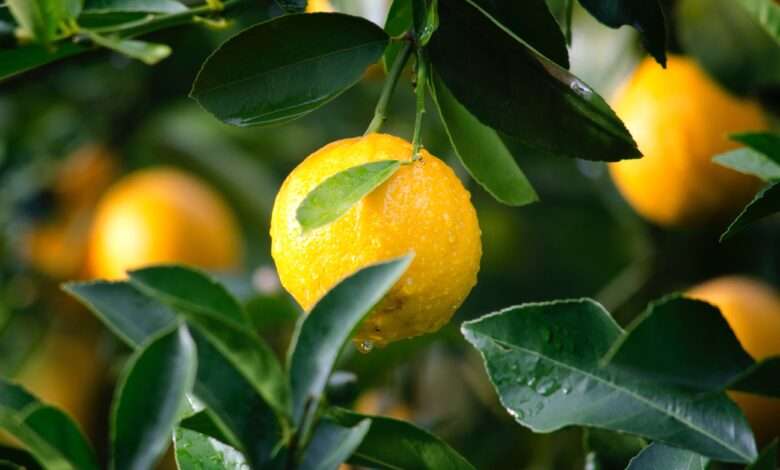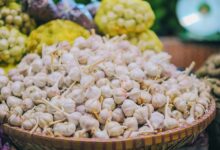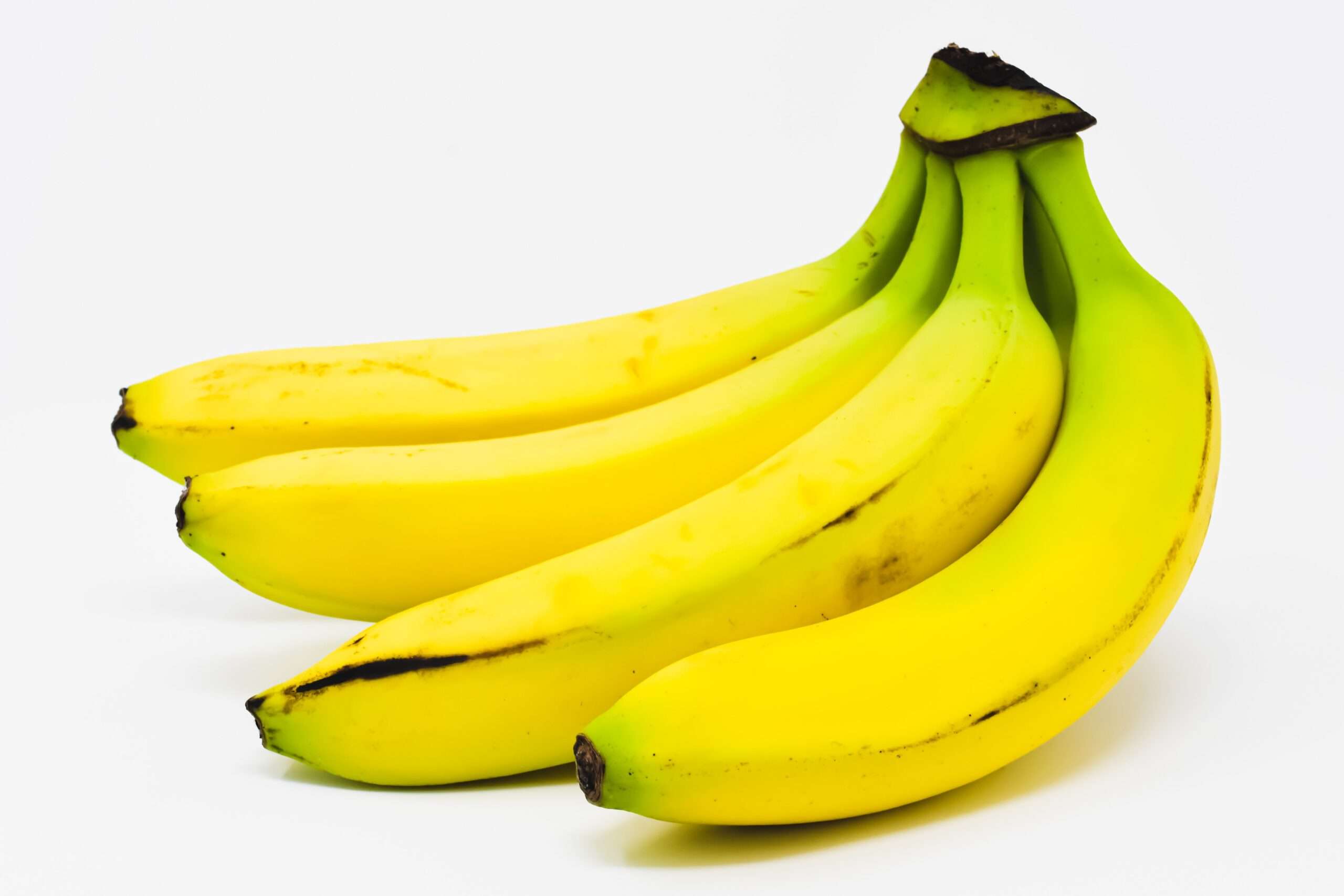
Lime and Lime
The term “lime” would come from the Provençal limo. It appeared in the language in 1555, while “limette” did so in 1782. Italian lime, sweet lime, acid lime) have been given to this fruit, depending on the region and the variety. The fruit they designate normally belongs to the species Citrus aurantifolia, the real lime or lime. It can also be attached to the species Citrus limon (lemon), Citrus reticulata (mandarin) or Citrus hystrix, known as kaffir lime or kaffir lime, a fruit with bumpy skin. The leaves of the tree as well as the zest and sometimes the juice of the fruit are used in Thai cuisine.
Lime generally refers to the bitter, sour fruit of a variety of lime tree. The lime rather refers to a variety whose fruit has a sweet flavor.
The first written mention of the lime dates from the 13th century and is the work of an Arab author. As is the case with the lemon, it was probably the Arabs who, at this time, introduced its cultivation to India, Persia, Palestine, Egypt and Europe. The lime tree comes from the Indian archipelago where it grows wild. Although close to lemon in some of its culinary uses, it is an entirely different botanical species (Citrus aurantifolia). Moreover, it requires warmer temperatures to flourish. It spontaneously crosses with other citrus species, resulting in a few hybrids, limonime and limequat being the best known.
Lemon and lime: what’s the difference?
The lemon and the lime were probably introduced into the New World by Christopher Columbus, during his second expedition in 1493, when he landed in Isabella (Haiti and the Dominican Republic) to constitute the first permanent establishment there. From there, the fruits will quickly reach Central America. At the same time, the Portuguese planted the first citrus trees in Brazil. By the mid-16th century, these trees were growing all over South America. Then, reproducing themselves at will, large orchards were established practically without human intervention.
Towards the end of the 16th century, the first citrus fruits – lemons, limes, oranges – were introduced to the town of St-Augustin, Florida. Their culture will gradually spread throughout the southeastern United States and, later, to California, Hawaii and Puerto Rico. Today, lemon and lime are grown in all tropical and subtropical regions of the planet.
Lemon essential oil
The peel of citrus fruits contains essential oils that can be obtained by pressing or by distillation. They have always been used in perfumery and in the manufacture of insecticides for home gardens.
Today, they are used in many other products: paints, dyes, solvents, air fresheners and insecticides against pet fleas and ants. They are also included in many cleaners, dish and laundry soaps, and disinfectants (oils with germicidal properties).
Other industrial and domestic uses are being sought for these oils. They are more ecological than their chemical equivalents and they come from the waste of the agri-food industry – juice processing plants, in particular.













